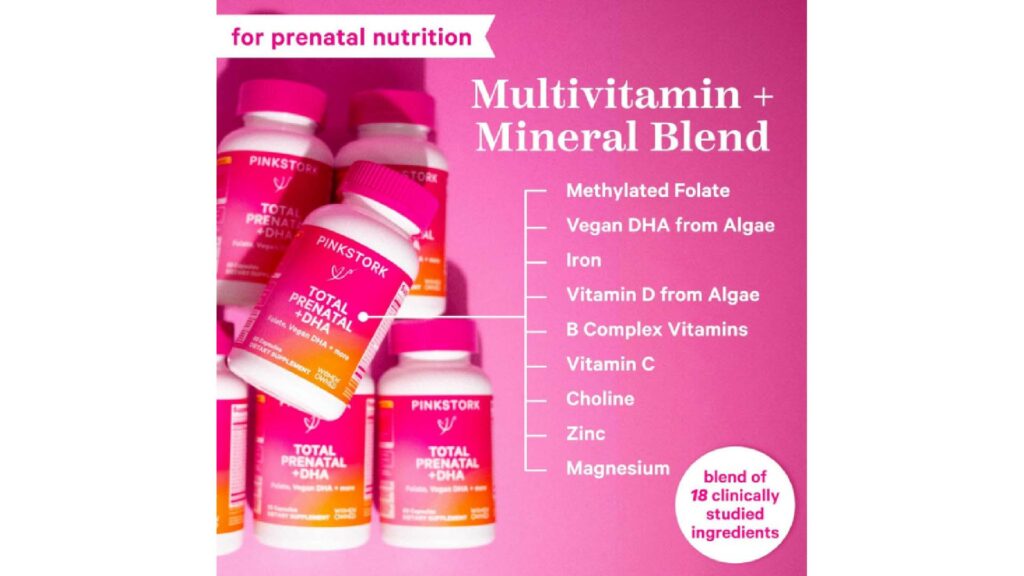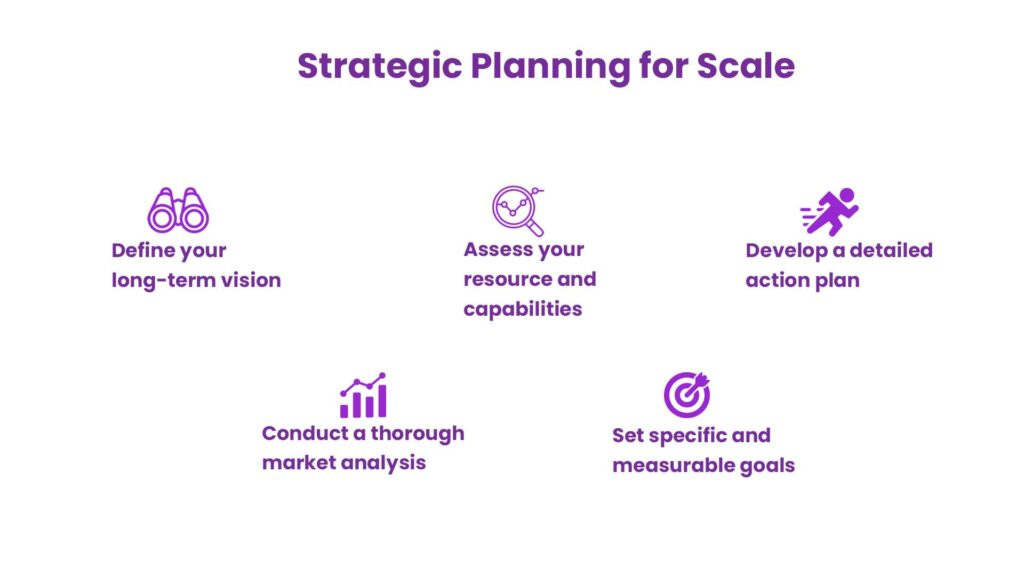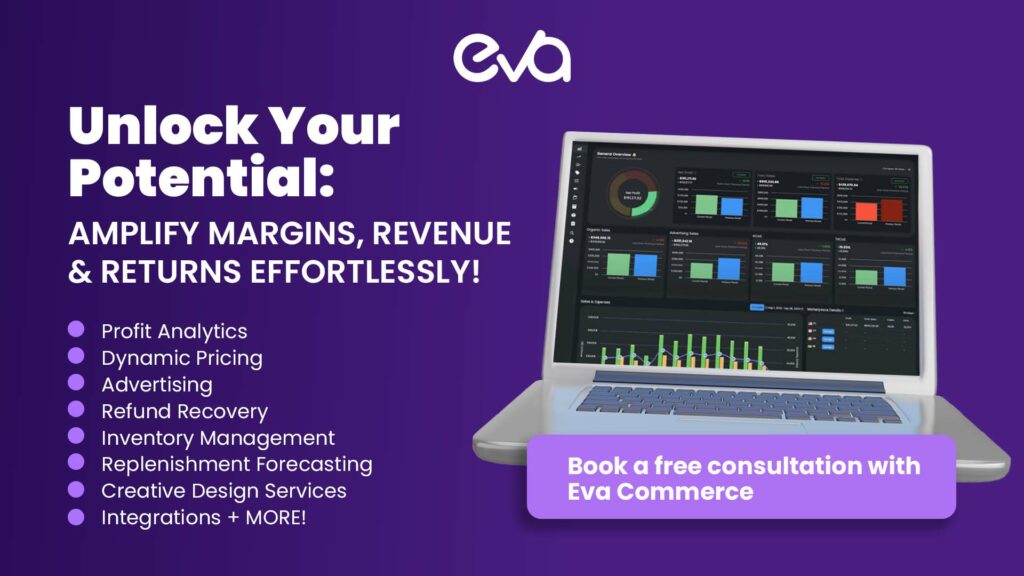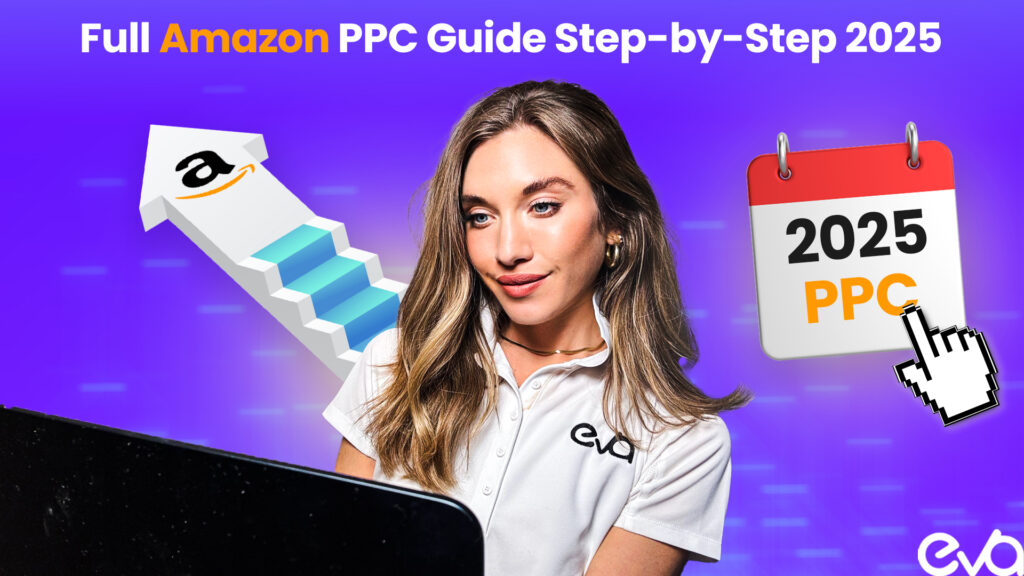In today’s competitive e-commerce landscape, organic rankings aren’t enough to move the needle.
To win on Amazon, brands, sellers, and agencies need an innovative Amazon advertising strategy to drive targeted traffic to their products.
It’s no longer a nice-to-have part of your digital marketing. Over the last few years, Amazon advertising has become THE principal lever leading to growth on Amazon.
This comprehensive guide is designed to help both beginner and advanced sellers understand and implement effective Amazon PPC strategies.
Table of Contents
- What is Amazon PPC?
- How Amazon PPC Works
- The Evolution of Amazon PPC
- Key Benefits of Amazon PPC
- Understanding the Amazon PPC Funnel
- Types of Amazon PPC Ads
- Optimizing Your Amazon PPC Campaigns
- Scaling vs. Optimization Phases
- Advanced PPC Strategies for Amazon Sellers
- The Future of Amazon PPC
- Common Mistakes to Avoid in Amazon PPC
- Leveraging Eva’s AI-Powered Platform for PPC Success
What is Amazon PPC?
If you’re new to the platform, you might be wondering “what is Amazon PPC exactly?” Amazon PPC (Pay-Per-Click) is a digital marketing model where advertisers only pay when someone clicks on their ad. The Amazon PPC meaning is straightforward – create a prominent sign that’s free to display, but you pay a small fee each time someone walks through your store’s door after seeing it.
Whether we’re talking about Amazon PPC for beginners, or seasoned advertisers, this approach ensures you’re only paying for actual interest in your products, making it one of the most cost-effective forms of advertising when managed properly.
How Amazon PPC Works
Amazon’s PPC system operates as an auction. You compete with other sellers by setting a maximum bid for your chosen keywords. The highest bidder with a relevant product and high-quality listing secures a prime spot in search results.
However, the highest bid doesn’t always win—Amazon also considers factors like ad relevance, expected click-through rate, and your product’s historical performance data.
Amazon uses a pricing system that helps advertisers get the best value. Even if you bid $2.00, you’ll only pay a penny more than the next highest bidder. For example, if someone else bids $1.50, you’d win the auction but only pay $1.51 – not your full $2.00 bid.
Amazon’s PPC platform uses a sophisticated algorithm that evaluates:
- Historical click-through rates for similar products
- Overall listing quality score
- Seller performance metrics
- Product category competitiveness
- Seasonal trends and market dynamics
This comprehensive evaluation ensures that ads aren’t just placed based on bid amounts alone, but also on their likelihood to convert and provide value to Amazon’s customers.
The Evolution of Amazon PPC
The Old Way of PPC
Previously, Amazon PPC involved launching campaigns and optimizing them by lowering bids on underperforming keywords and eliminating wasted spend. While this method worked to some extent, it often led to confusion and inefficiencies when multiple actions were taken simultaneously.
The New Way of PPC
The modern approach focuses on one goal at a time—either scaling or optimizing for profit. By breaking down PPC management into actionable steps and understanding the interconnected nature of PPC with click-through rates (CTR) and conversion rates (CR), sellers can achieve more predictable and profitable outcomes.
Key Benefits of Amazon PPC
Measurable Results: You gain access to precise data on clicks, conversions, and ad spending
Increased Visibility: PPC allows your products to appear at the top of search results, outpacing organic competition
High Purchase Intent: Amazon shoppers are already looking to buy, making PPC a direct path to sales
Understanding the Amazon PPC Funnel
Every successful Amazon PPC campaign follows a customer journey that can be mapped as a funnel. Understanding each stage of this funnel is crucial for identifying where your campaigns are succeeding and where they might need improvement.
The Three Stages of the PPC Funnel
- Impressions create visibility: Your ad appears in search results or product pages, creating the first point of contact with potential customers.
- Clicks generate interest: When shoppers find your ad compelling enough to click, they move to the second stage.
- Sales convert shoppers into customers: The final stage where interest turns into revenue.
Types of Amazon PPC Ads
Sponsored Products Ads
Amazon PPC ads come in various formats, each designed to reach customers at different stages of their shopping journey. Understanding these formats is essential to crafting a comprehensive Amazon PPC strategy.
Sponsored Products Ads
- Targeting Options: Choose between automatic targeting (Amazon decides relevant keywords) or manual targeting
- Best For: Driving immediate product sales, boosting organic rankings, and increasing visibility for new listings
Sponsored Brands Ads
These ads showcase multiple products alongside your brand logo and custom headline.
- Where They Appear: Top of Amazon search results
- Best For: Increasing brand awareness, promoting product bundles, and driving storefront traffic
Sponsored Display Ads
Target shoppers both on and off Amazon using browsing behavior data.
- Where They Appear: Amazon product pages, third-party websites, and mobile apps
- Best For: Retargeting shoppers who viewed your products but didn’t purchase
Optimizing Your Amazon PPC Campaigns
Amazon PPC optimization begins with your product listing elements before extending to campaign structure. Here’s how to ensure your listings are ready for advertising success:
1. Main Image
Amazon requires your main image to have a pure white background. For secondary images, use lifestyle photos showing your product in use – these help shoppers visualize the benefits.

2. Title Optimization
Front-load your most important keywords and benefits. Keep it readable and avoid keyword stuffing. Your first 50 characters are crucial since they show up in ad previews.
3. Smart Pricing
Price within 2-5% of similar products unless you can justify premium pricing. Track competitor prices weekly and adjust accordingly. Consider automated repricing tools during high-traffic seasons.
4. Review Management
Respond to all negative reviews within 24 hours. Follow up with buyers after delivery to encourage reviews. Consider using Amazon’s Request a Review button 5-7 days after delivery.
5. Amazon A+ Content
Take advantage of Amazon’s A+ Premium content to showcase your brand story, display high-quality lifestyle imagery, and highlight key product features.
The key is testing each element systematically – change one variable at a time so you know what’s working.

Scaling vs. Optimization Phases
Successful Amazon PPC management operates in two distinct phases, each with its own objectives and strategies. Understanding when to scale and when to optimize is crucial for maintaining a healthy advertising campaign that drives both growth and profitability.
Scaling Phase
- Goal: Increase revenue
- Actions: Increase bids, launch new campaigns, explore new keywords
- When to Scale: If your ad spend is low and your focus is on growing revenue
Optimization Phase
- Goal: Increase profitability
- Actions: Lower bids on high ACoS keywords, add negative keywords, refine campaigns
- When to Optimize: After scaling, focus on optimizing for maximum profitability

Advanced PPC Strategies for Amazon Sellers
1. Utilize Amazon’s Search Term Report
Regular analysis helps identify high-performing keywords and those not converting well. The report provides insights into customer search behavior, allowing you to:
- Discover long-tail keyword opportunities
- Identify seasonal trends in search patterns
- Understand the language your customers use
- Track changes in search volume and competition
2. Implement Negative Keywords
Essential for preventing ads from showing up for irrelevant searches and reducing wasted spend. Develop a systematic approach by:
- Reviewing search terms weekly for the first month
- Creating negative keyword lists by category
- Sharing negative keywords across campaigns
- Using phrase match negatives for broader control
3. Take Advantage of Bid Optimization
Adjust bids based on performance data, increasing for well-performing keywords and lowering or pausing underperforming ones. Consider:
- Time-of-day bid adjustments
- Day-of-week performance patterns
- Geographic bid multipliers
- Device-specific bid strategies
- Seasonal bid adjustments
4. A/B Test Your Ad Creatives
Create multiple versions of your ads to determine which performs better, including testing different headlines, images, or descriptions. Focus on:
- Product feature emphasis
- Image variations (background color, product angle, lifestyle vs. product-only shots)
- Headline formulas (question-based vs. benefit-driven)
- Call-to-action variations
5. Don’t Forget About Amazon PPC Software
Finding the best Amazon PPC software can significantly streamline your advertising workflow while boosting performance. Effective Amazon PPC software offers:
- Automated bid adjustments based on real-time performance data
- Keyword discovery and negative keyword identification
- Competitor analysis and market trend insights
- Customizable reporting dashboards
- Campaign scheduling and dayparting capabilities
- Budget allocation optimization across campaigns
- A/B testing features for ad creative and targeting
The Future of Amazon PPC
The Amazon PPC landscape is undergoing a massive transformation, driven by technological advances and changing consumer behaviors.
The Exponential Rise of Artificial Intelligence
Artificial Intelligence is revolutionizing how we approach PPC campaigns. Modern machine learning is transforming the advertising landscape through:
- Automated bid optimization with unprecedented precision
- Predictive analytics for inventory management
- Smart creative testing and optimization
- Intelligent budget allocation across campaigns
Video Advertising Evolution
Video advertising on Amazon is experiencing explosive growth, and it’s easy to see why. Just look at social media. Shoppers are increasingly engaging with video content, leading to exciting developments:
- Shoppable video ads with interactive features
- Live streaming commerce capabilities
- Mobile-first video experiences
- Enhanced analytics for video performance
- Interactive product demonstrations
Cross-Channel Marketing Integration
Rather than treating Amazon as an isolated platform, successful sellers are creating unified customer experiences across multiple channels. This sophisticated approach includes:
- Seamless integration with social media campaigns
- Unified customer journey tracking
- Consistent messaging across all touchpoints
- Multi-platform audience targeting strategies
Enhanced Analytics and Insights
Modern tools are revolutionizing how sellers understand and optimize their campaigns:
- Deep competitive intelligence insights
- Advanced customer behavior analysis
- Real-time performance tracking
- Predictive trend analysis
- Custom reporting dashboards
These advancements aren’t just making PPC management easier – they’re fundamentally changing what’s possible on Amazon. Sellers who embrace these new capabilities while maintaining a focus on customer value will find themselves well-positioned for success in the evolving marketplace.
Common Mistakes to Avoid in Amazon PPC
1. Ignoring the Importance of Keyword Research
Proper keyword research is the foundation of a successful PPC campaign. Neglecting this step can lead to poor ad performance and wasted ad spend.
2. Setting and Forgetting Campaigns
Amazon PPC requires continuous monitoring and optimization. Setting up campaigns and not revisiting them regularly can result in missed opportunities and inefficiencies.
3. Not Utilizing All Available Ad Formats
Relying solely on Sponsored Products and ignoring Sponsored Brands and Sponsored Display ads can limit your reach and potential sales.
4. Overlooking Product Listings
Even the best PPC campaigns won’t perform well if your product listings are not optimized. Ensure your listings have high-quality images, compelling descriptions, and positive reviews.
5. Failing to Adjust Bids Based on Performance
Regularly reviewing and adjusting your bids based on performance data is crucial for maintaining an effective PPC strategy.
Leveraging Eva’s AI-Powered Platform for PPC Success
Eva Commerce is a leading eCommerce technology company dedicated to helping brands achieve profitable growth on Amazon, Walmart, and other marketplaces.
Eva Commerce’s AI-powered platform can significantly enhance your Amazon PPC campaigns by providing real-time data analysis and actionable insights.
Here’s how Eva can help:
- Data-Driven Decisions: Eva’s platform analyzes large volumes of data to provide insights that can help optimize your campaigns.
- Automated Bid Adjustments: Eva’s AI can automatically adjust your bids based on performance metrics, ensuring you get the most out of your ad spend.
- Comprehensive Reporting: Gain access to detailed reports that highlight key metrics and trends, helping you make informed decisions.
As an Amazon Advanced Partner and Walmart Strategic Solution Partner, Eva also collaborates with industry giants like TikTok, eBay, Shopify, Google, Meta, Wayfair, Faire, and more.
Ready to maximize your Amazon advertising success? Contact Eva for expert-managed services that ensure optimal performance!

Ready to take your Amazon business to the next level? Book a free consultation with Eva Commerce.
FAQs About Amazon PPC
Amazon PPC is a pay-per-click advertising model where sellers pay a fee each time their ad is clicked.
Sellers bid on keywords, and their ads appear in search results or product pages. When a shopper clicks on the ad, the seller is charged the bid amount.
ACoS (Advertising Cost of Sales) is the ratio of ad spend to sales, calculated as (Ad Spend / Sales) * 100.
You can lower ACoS by optimizing your bids, targeting relevant keywords, and improving your product listings to boost conversions.
Broad Match: Ads may appear for searches that contain the keyword in any order.
Phrase Match: Ads may appear for searches that include the exact phrase or close variations.
Exact Match: Ads appear only for searches that exactly match the keyword.
It’s recommended to optimize your campaigns at least once a week to ensure they remain effective and profitable.
Negative keywords prevent your ads from appearing for specific search terms, helping to reduce wasted spend.
Use tools like Data Dive and Amazon’s search term report to identify relevant and high-performing keywords.
CPC (Cost Per Click): You pay each time your ad is clicked.
CPM (Cost Per Thousand Impressions): You pay for every 1,000 times your ad is shown.
Common reasons include poor keyword targeting, low bid amounts, or issues with your product listing such as low-quality images or lack of reviews.








